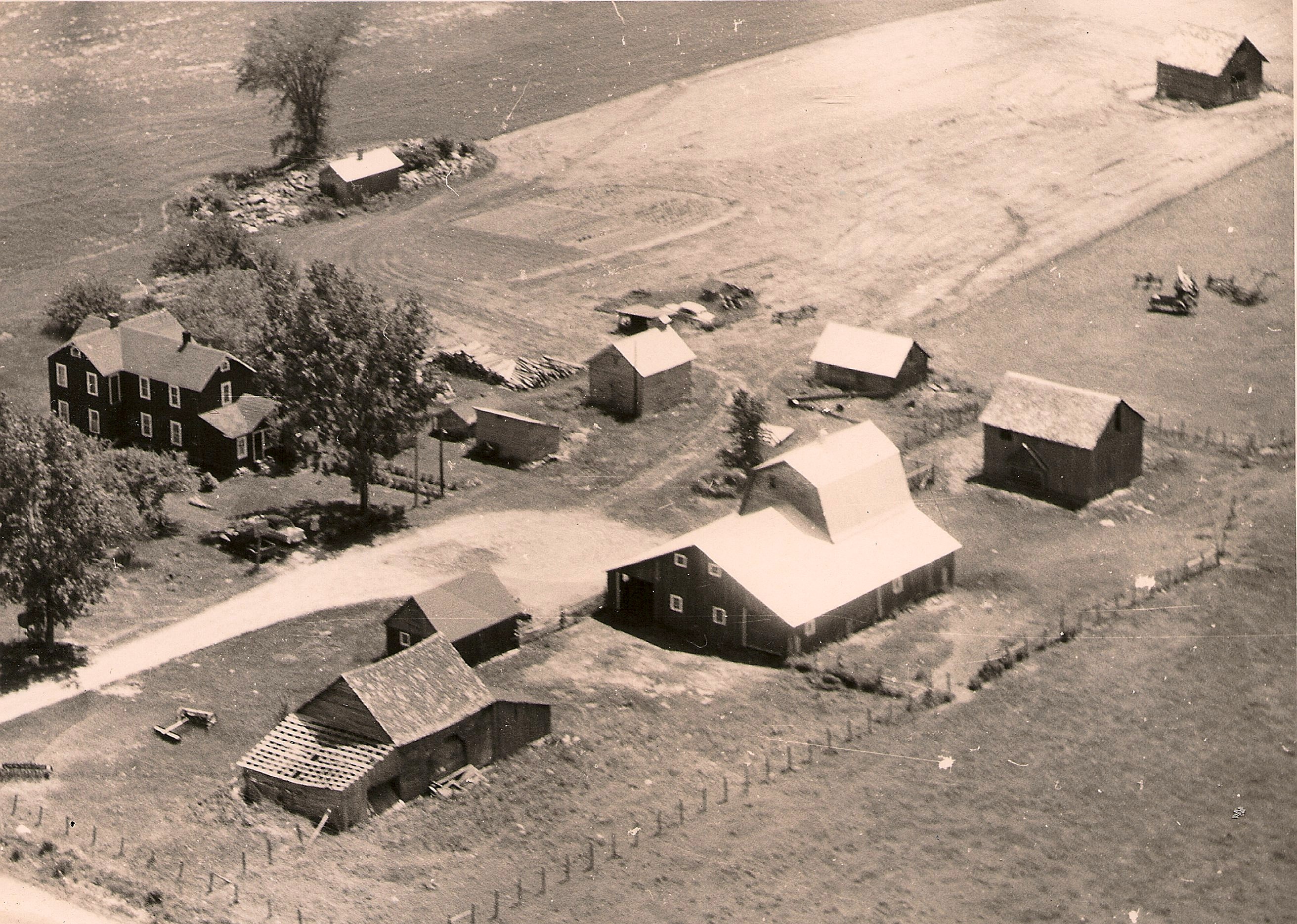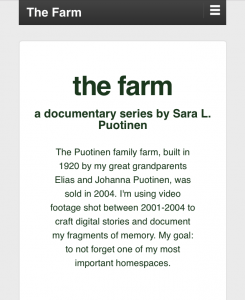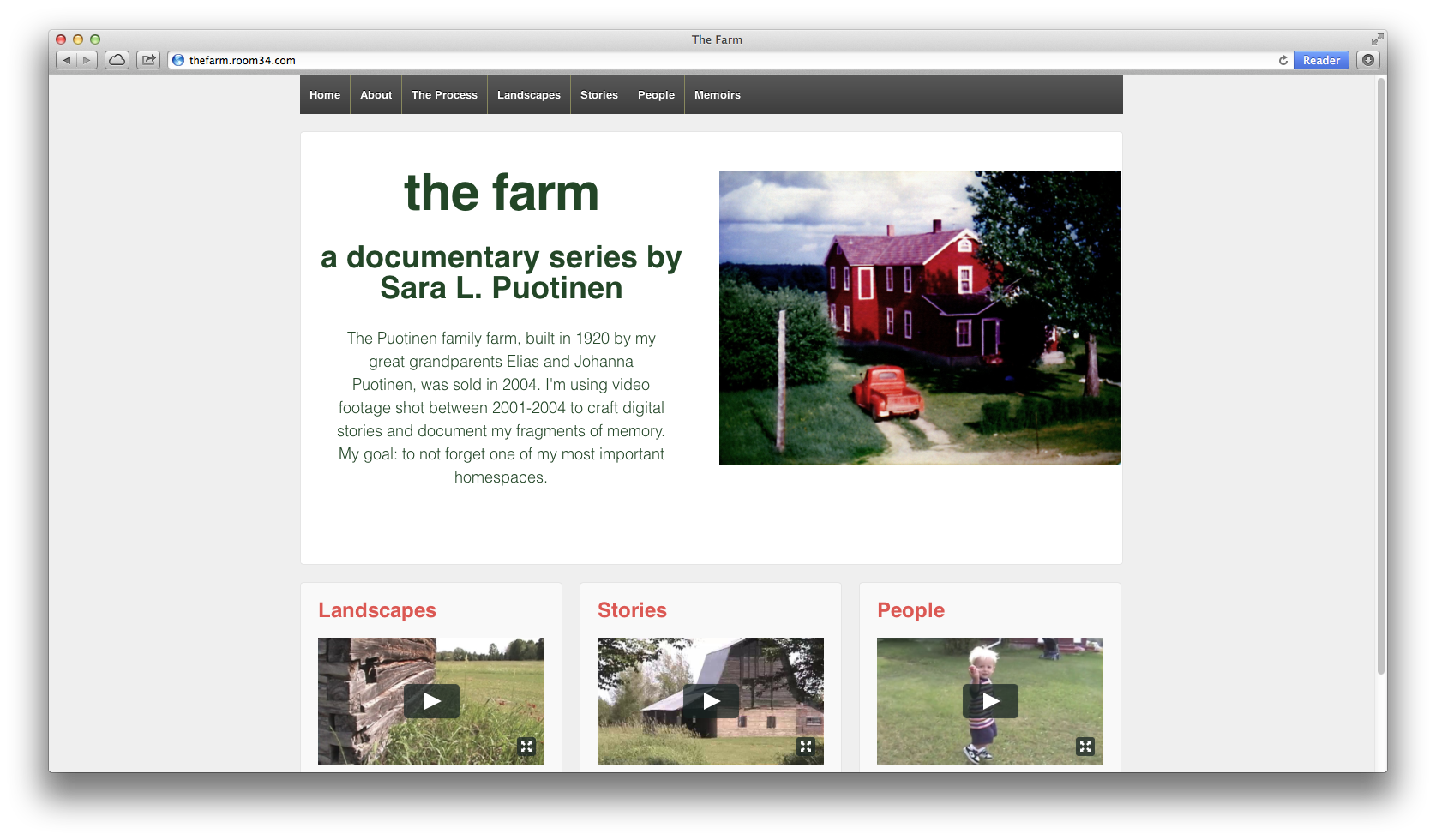I’m currently trying to think through how to organize all of the material that I have for this project. What to include? What to leave out? What’s the most effective (engaging, compelling, intelligible) way to bring everything together? What should I use for the overall design?
To help me with these questions, I’ve been looking at other interactive documentary sites. Two that I particularly enjoy are Hollow and Reframing Mexico. I like Hollow because of the creative way it brings together digital stories with infographics, images and pull quotes by using a parallax design. It’s a beautiful, fun and immersive experience. But, I’m not sure if I really like parallax scrolling. It’s trendy and cool looking, but…. Is it too trendy? What sort of story/stories does it allow you to tell? Are those stories too linear? Is the way you engage with the information too directed (always compelled to move forward by scrolling down) by the design?
Hollow, which just went live last month, uses cool, “cutting-edge” techniques to provide information and tell stories that are compelling and that make you (almost) feel as if you’re in the West Virginia county. Reframing Mexico, which went live back in 2011, emphasizes easy, clear organization with themes, navigation bar buttons for quickly accessing all infographics and digital stories and for reading/viewing in English or Spanish. It lacks a little bit of the flair that Hollow has, but it’s beautiful too and I like how it allows the user to experience the stories and information in a number of different ways by clicking on the different links (themes, movies, infographics). It seems more accessible for a wide range of users (who speak different languages, are interested in different types of stories).
In thinking about my own approach to storytelling, I’d like to combine some of the elements from each of these sites: beautiful; effectively conveying moods/feelings; providing multiple ways to access and engage; displaying clear, yet compelling, organization. How? As a starting point, I’d like to focus the structure of the site (the information architecture) around this image of the farm from above:

Perhaps this image/map of the farm could have clickable links to each of the buildings, and in-between the buildings, for stories, images, videos, archival material and more. Again, how? Time for some more research.


